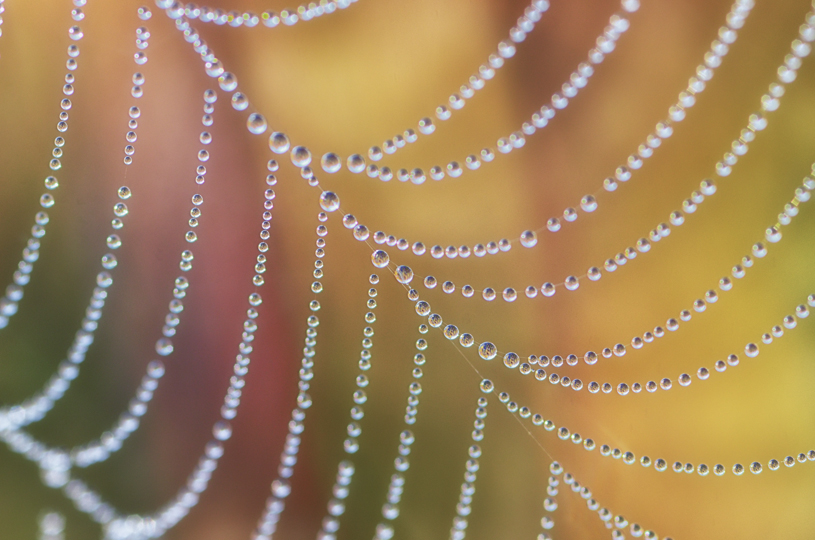Were the ping pong-like balls from last week’s puzzler something you could identify?
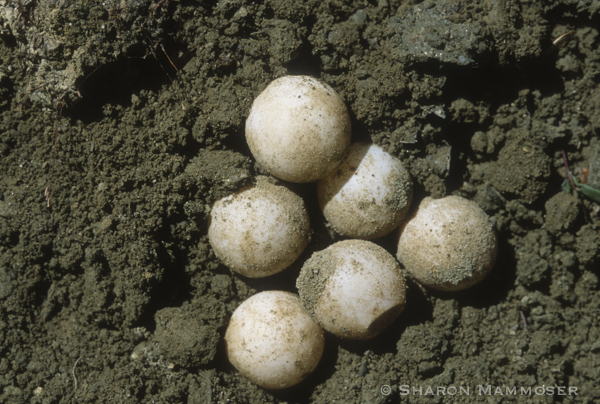
These are the eggs from a snapping turtle and it would be unlikely you’ve ever seen them unless you were digging in the dirt and happened upon them before they hatched.
Snapping turtles live in shallow freshwater ponds, lakes and rivers throughout the eastern and central United States. They can weigh up to 45 pounds. As you might have heard (one of the true nature facts as opposed to just another myth), they are pretty fierce predators, feeding on a variety of animals from fish, crayfish and other invertebrates, to small mammals, birds, carrion, and even aquatic plants.
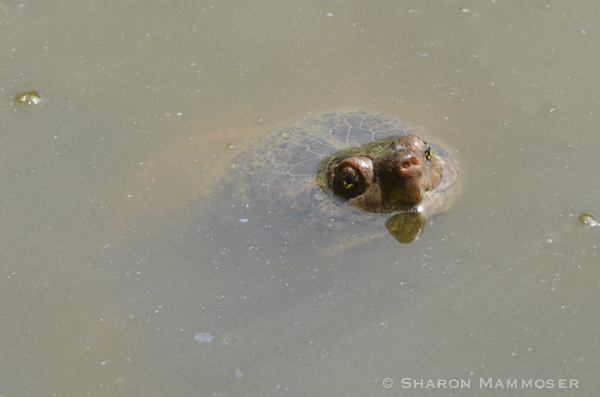
Something cool that I learned about snapping turtles is that they have a protrusion on the tips of their tongues that resembles a worm. They will hang out in the water, very still, but open their mouth to wiggle around their tongue. Fish sometimes mistake it for a worm and then of course are very surprised to discover they have been fooled.
Snapping turtles leave their body of water and will travel on land to find a suitable place to lay their eggs. Females may travel over a mile. They then dig a hole, often in a sandy bank, and lay their eggs, as many as 83, though 25-50 is more typical. The eggs look just like ping pong balls! She will leave them there and head back to a body of water.
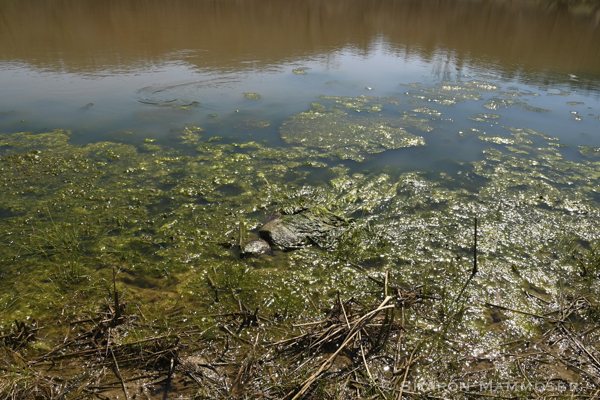
The incubation period is affected by the temperature in the soil. Eggs hatch out anywhere from 55 to 125 days. What many people don’t realize is that the sex of many turtles is dependent on the temperature of the nesting place. The cooler temperatures in the pile result in male turtles, while the warmer temperatures will produce females.
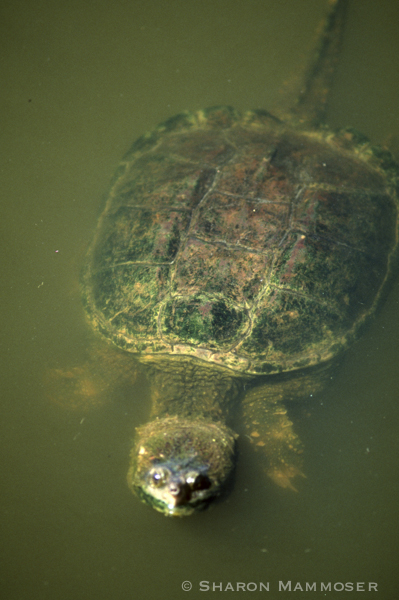
Did you know snapping turtles cannot hide their heads inside of their shells like box turtles or painted turtles? So how do they protect themselves then? Well if you’ve ever tried to pick one up, you probably know the answer! They can turn their long, flexible necks and heads quite far around and are quick as a rabbit, snapping hold of something and then not letting go.
Something else that’s amazing is that females can retain sperm for several years. Thus, if finding a mate becomes impossible, they can still lay eggs and produce more turtles.
…isn’t nature amazing? I learn something new all the time, regularly shaking my head in wonder at the amazing adaptations of the animals with which we share our planet.

